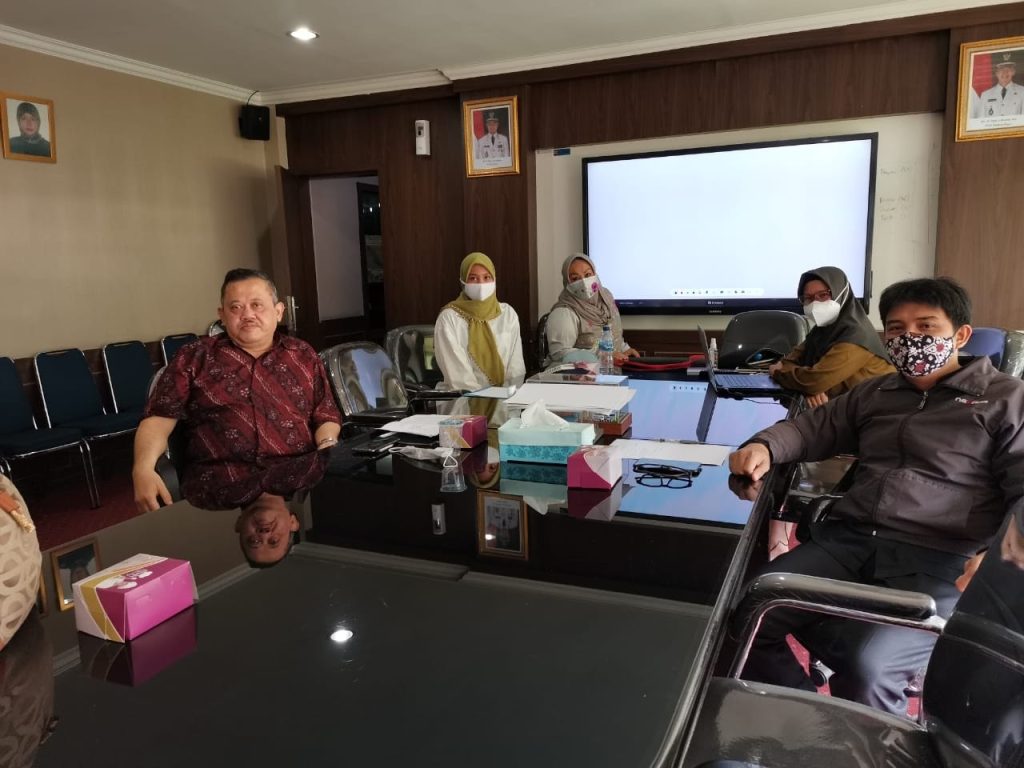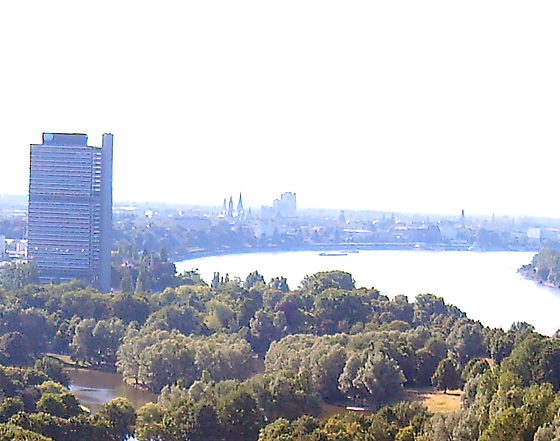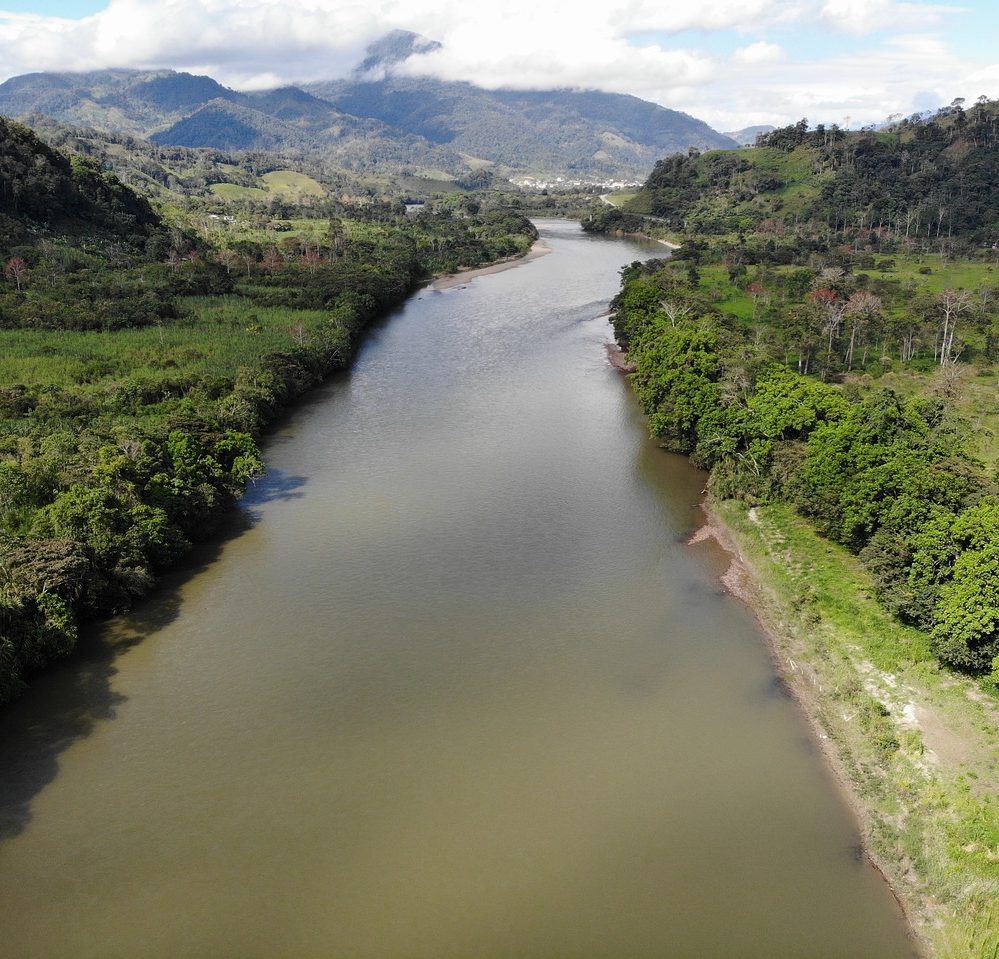UNEP, Circle Economy and ICLEI-Local Governments for Sustainability are working together to pilot a new circular jobs assessment methodology in Bogor City, Indonesia.
The objective of the project is to support Bogor in creating and protecting local jobs that are sustainable and resilient by facilitating the shift of a priority sector toward a circular economy.
The circular economy prioritizes regenerative resources, preserves what is already made, uses waste as a resource or builds new business models that create local value. As such, the number of local jobs in the circular economy is a useful indicator of a city´s ability to both create local employment and safeguard resources.
“We hope our collaboration with ICLEI, UNEP and Circle Economy will help us design plans that support an economic development that ensures environmental protection and social progress. We also hope these projects will help identify inclusive solutions to support COVID-19 recovery and facilitate the collaborative planning of urban solutions” said Ms. Febby Lestari, head of spatial planning and environment, planning agency, Bogor city government.
As part of the piloting of the Circle City Scan Tool by Circle Economy and ICLEI, a socio-economic analysis of 10 sectors in Bogor has recently been undertaken. By analyzing local data on resource consumption and waste, local stakeholders identified economic activities linked to ‘wholesale and retail trade’, ‘transportation and storage’ and ‘accommodation and food service activities’ as being relevant entry points to the circular economy as they are some of the main drivers of emissions in Bogor and have been strongly affected by the covid-19 crisis.
The next step is for ICLEI, UNEP and Circle Economy to explore which economic activities within these sectors have the highest potential to create circular jobs. This work builds on the consortium´s ongoing efforts to monitor and assess how cities can create circular jobs. A methodology/tool developed by UNEP and Circle Economy provides cities with an index which indicates the percentage of a city’s “level of circularity,” which is a starting point that a city can track over time. In addition, the tool provides a list of economic sectors that can be targeted in a circular economy plan. These two outputs give a solid basis for a jobs-focused circular economy plan that a city can use.
Based on the results of the two analyses, a preliminary action plan will be drafted to identify city-led interventions that will support the transition of the priority sector to circularity. Across the project, engagement and capacity building of business stakeholders will be organized to promote the creation of circular jobs in the wake of COVID-19 within the priority sector.






